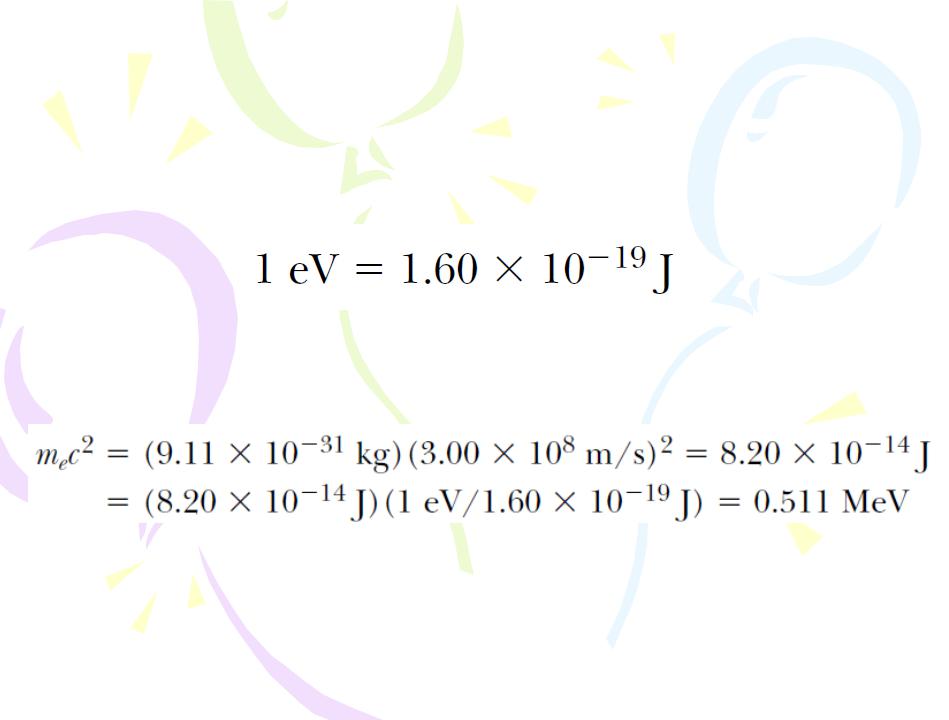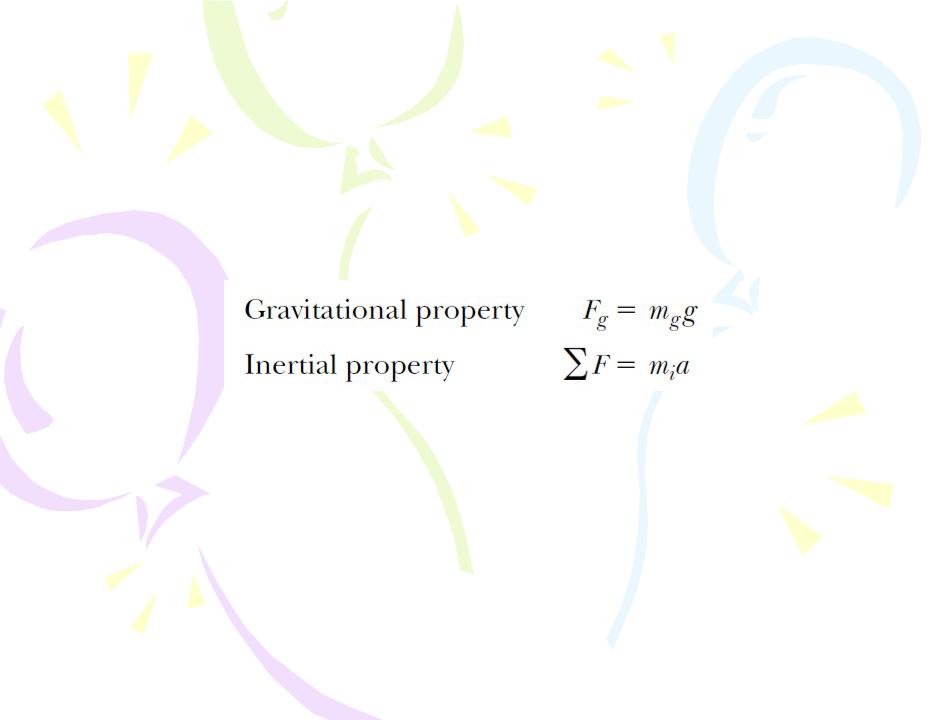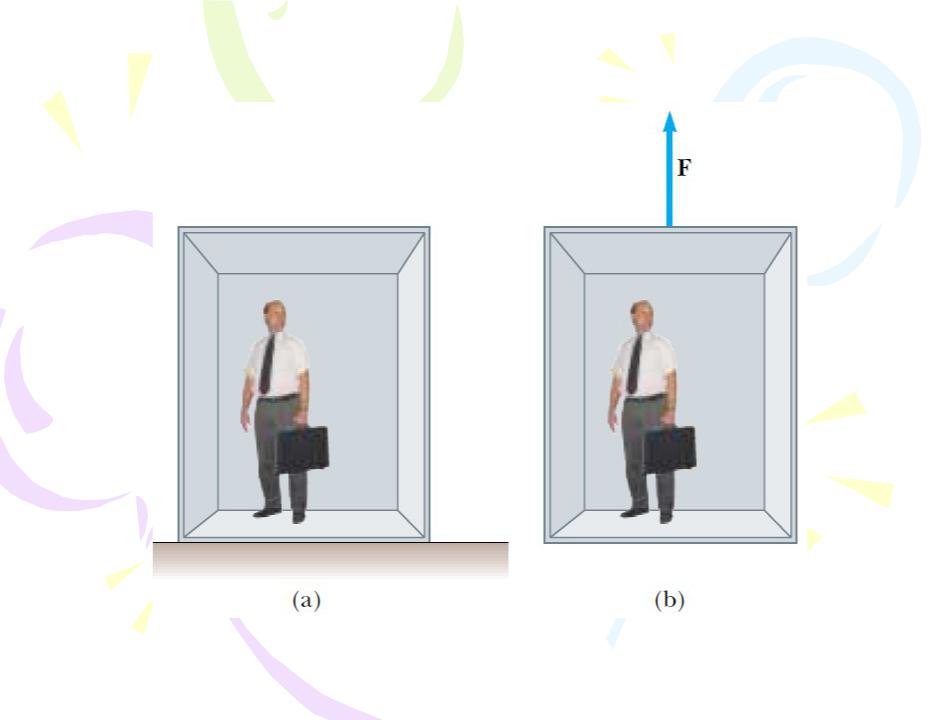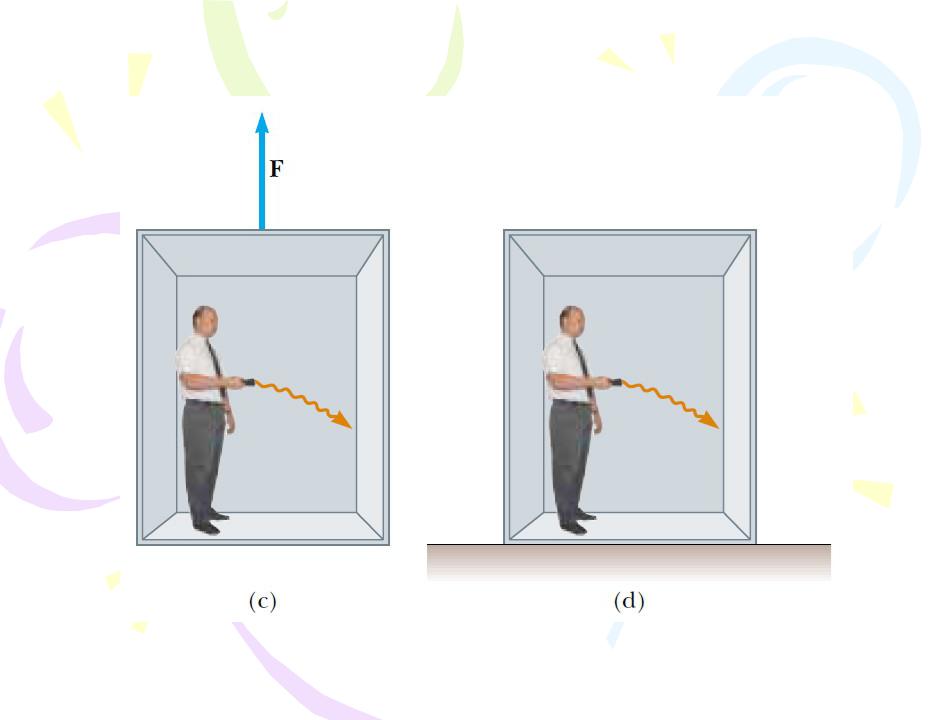
- •Quick Quiz 1
- •Quick Quiz 2
- •Quick Quiz 3
- •Quick Quiz 4
- •Course of lectures «Contemporary Physics: Part2»
- •The Lorentz Transformation Equations
- •The Lorentz Transformation Equations
- •The Lorentz Transformation Equations
- •The Lorentz Velocity Transformation Equations
- •The Lorentz Velocity Transformation Equations
- •Relativistic Linear Momentum and
- •Relativistic Linear Momentum and
- •Relativistic Linear Momentum and
- •Relativistic Linear Momentum and
- •Relativistic Energy
- •Relativistic Energy
- •Relativistic Energy
- •Relativistic Energy
- •Relativistic Energy
- •Relativistic Energy
- •Relativistic Energy
- •Mass and Energy
- •The General Theory of Relativity
- •The General Theory of Relativity
- •The General Theory of Relativity
- •The General Theory of Relativity
- •The General Theory of Relativity
- •The General Theory of Relativity
- •The General Theory of Relativity
- •Quick Quiz 1

Relativistic Energy
When we are dealing with subatomic particles, it is convenient to express their energy in electron volts because the particles are usually given this energy by acceleration through a potential difference. The conversion factor is
For example, the mass of an electron is 9.11·10-31 kg. Hence, the rest energy of the electron is

Mass and Energy
Equation E=γmc2, which represents the total energy of a particle, suggests that even when a particle is at rest (γ=1) it still possesses enormous energy through its mass. The clearest experimental proof of the equivalence of mass and energy occurs in nuclear and elementary particle interactions in which the conversion of mass into kinetic energy takes place. Because of this, in relativistic situations, we cannot use the principle of conservation of energy. We must include rest energy as another form of energy storage. 
This concept is important in atomic and nuclear processes, in which the change in mass is a relatively large fraction of the initial mass. For example, in a conventional nuclear reactor, the uranium nucleus undergoes fission, a reaction that results in several lighter fragments having considerable kinetic energy.

The General Theory of Relativity
Up to this point, we have sidestepped a curious puzzle. Mass has two seemingly different properties: a gravitational attraction for other masses and an inertial property that represents a resistance to acceleration. To designate these two attributes, we use the subscripts g and i and write 
The value for the gravitational constant G was chosen to make the magnitudes of mg and mi numerically equal. Regardless of how G is
chosen, however, the strict proportionality of mg and mi has been
established experimentally to an extremely high degree: a few parts in 1012. Thus, it appears that gravitational mass and inertial mass may indeed be exactly proportional.

The General Theory of Relativity

The General Theory of Relativity

The General Theory of Relativity
The two postulates of Einstein’s general theory of relativity are
•All the laws of nature have the same form for observers in any frame of reference, whether accelerated or not.
•In the vicinity of any point, a gravitational field is equivalent to an accelerated frame of reference in the absence of gravitational
effects. (This is the principle of equivalence.)
One interesting effect predicted by the general theory is that time is altered by gravity. A clock in the presence of gravity runs slower than one located where gravity is negligible. Consequently, the frequencies of radiation emitted by atoms in the presence of a strong gravitational field are red-shifted to lower frequencies when compared with the same emissions in the presence of a weak field. This gravitational red shift has been detected in spectral lines emitted by atoms in massive stars. It has also been verified on the Earth by comparing the frequencies of gamma rays emitted from nuclei separated vertically by about 20 m.

The General Theory of Relativity
The second postulate suggests that a gravitational field may be “transformed away” at any point if we choose an appropriate accelerated frame of reference—a freely falling one. Einstein developed an ingenious method of describing the acceleration necessary to make the gravitational field “disappear.” He specified a concept, the curvature of space–time, that describes the gravitational effect at every point. In fact, the curvature of space–time completely replaces Newton’s gravitational theory. According to Einstein, there is no such thing as a gravitational force. Rather, the presence of a mass causes a curvature of space–time in the vicinity of the mass, and this curvature dictates the space–time path that all freely moving objects must follow. In 1979, John Wheeler summarized Einstein’s general theory of relativity in a single sentence: “Space tells matter how to move and matter tells space how to curve.”

The General Theory of Relativity
As an example of the effects of curved space–time, imagine two travelers moving on parallel paths a few meters apart on the surface of the Earth and maintaining an exact northward heading along two longitude lines. As they observe each other near the equator, they will claim that their paths are exactly parallel. As they approach the North Pole, however, they notice that they are moving closer together, and they will actually meet at the North Pole. Thus, they will claim that they moved along parallel paths, but moved toward each other, as if there were an attractive force between them. They will make this conclusion based on their everyday experience of moving on flat surfaces. From our mental representation, however, we realize that they are walking on a curved surface, and it is the geometry of the curved surface that causes them to converge, rather than an attractive force. In a similar way, general relativity replaces the notion of forces with the movement of objects through curved space–time.

The General Theory of Relativity
One prediction of the general theory of relativity is that a light ray passing near the Sun should be deflected in the curved space–time created by the Sun’s mass. This prediction was confirmed when astronomers detected the bending of starlight near the Sun during a total solar eclipse that occurred shortly after World War I.

 Quick Quiz 1
Quick Quiz 1
The following pairs of energies represent the rest energy and total energy of three different particles: particle 1: E, 2E; particle 2: E, 3E; particle 3: 2E, 4E. Rank the particles, from greatest to least, according to their (a) mass;
(b) kinetic energy; (c) speed.
